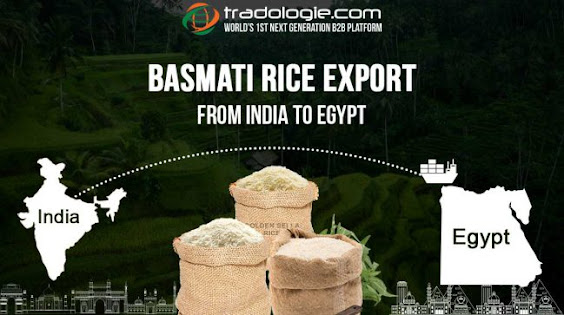Global Perspective of Indian Edible Oil Industry
The edible oil industry is one of the most important industries in the agri-commodities sector in India. Every Indian household spends a significant amount of money buying this most essential commodity, which is one of the drivers of the market. According to market analysts, the Indian edible oil industry is expected to grow at a compound annual growth rate of 8.8% by revenue and 9.9% by volume between 2017 and 2030.
India is the largest consumer of vegetable oil in the world and palm oil is the most used in the country. In the year 2017, India consumed around 9.4 million tonnes of palm oil; almost all of it was imported from Malaysia and Indonesia. These two countries are the largest producers of palm oil accounting for as much as 85 percent of the total global production. India is the largest importer of palm oil followed by the European Union and China. The palm oil industry in India is expected to grow at a compound annual growth (CAGR) of 8.2%, during the period 2017-2030, reaching reach USD 13.5 billion by 2025.
Factors driving the edible oil market in India are mentioned below:
- Increase in disposable incomes
- The rise in urbanization rates
- Change in dietary habits with a high preference for healthy cooking oil
- Growth of the food processing sector
- Government initiatives for enhancing oilseeds production
India imports nearly 150 lakh tonnes of edible oil every year, while the domestic production is only 70 to 80 lakh tonnes. The population of the country is increasing and the demand for edible oils would be only moving up in the future.
Edible oils that are used commonly in India
India has myriad agro-climatic zones and a wide range of oilseeds are grown in the country to go with the different climates. The major cultivated oilseeds in India are groundnut, mustard, soybean, sesame, sunflower, linseed, and castor seed. Rice bran oil and cottonseed oil are the most important of the non-conventional oils.
The olive oil sector is unorganized in India with people using it for cosmetic purposes rather than cooking. However, as of now, Indians are switching to healthier cooking mediums; they are recognizing that olive oil is the best cooking oil available today.
India is the world’s largest importer of edible oil, importing half of its total edible oil requirement. It procures Soya oil from Argentina and Brazil and palm oil from Malaysia and Indonesia. There is a growing demand for palm oil in India; however, the production is way less which translates into the country importing palm oil in different forms.
Way Ahead – Increase self-sufficiency in oilseeds
To deal with the situation, the Indian government is taking steps to boost domestic production and achieve self-sufficiency in edible oils. On August 2021, the government announced the launch of the National Edible Oil Mission with an investment of over 11,000 crores.
The objective of this program is to increase the production of oilseeds in the country by enhancing the acreage devoted to oilseeds cultivation and also using high-quality seeds for an increase in productivity. The government expects the production of oilseeds in the country to double in the next five years.
The Government of India hopes to enhance the availability of edible oils through this program, thereby saving foreign exchange which can be then used to import other essential commodities.




Comments
Post a Comment